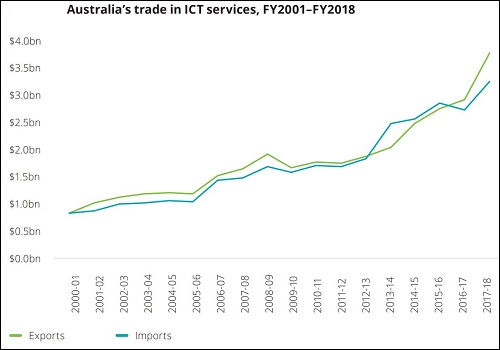What are your best developers doing right now?
Dekel Tankel, Global Field CTO of software company Pivotal, said more of the development cycle needs to be streamlined in order to get the top tech talent.
“Good developers want to work on interesting stuff,” he said.
“They don’t want to spend 90 per cent of their day waiting for an architectural committee to come together, or waiting on a ticket for someone to provision a network firewall or to start a virtual machine.
“You want developers to focus on cutting edge technology and take them away from the underling sausage-making.
“That allows organisations to recruit better talent, to retain the talent they have, and, in a lot of cases, bring development in house.”
According to Tankel, it’s up to IT leaders to adapt in order to maintain the speed with which Australia’s technology environment is growing.
They are the ones who can drive organisational change.
“Things are moving fast; it’s great,” he said.
“Instead of waiting 12 months until you can iterate and get up a feature that generates business benefits, now you need to do this in a matter of days of weeks.
“But technical leaders need to agree on how to automate and standardise to make sure developers are focused on their applications.
“To do that, they have to be thinking less about what kind of middleware and stack versions they are using.”
A changing workforce
The value IT adds to Australia’s economy is growing.
Overall, there is a trade surplus of IT services that reached $515 million in the 2017-18 financial year.
According to the latest Digital Pulse report, Australia needs 100,000 more tech workers by 2024 but the number of tertiary applications to IT courses and Australia’s migration figures are both decreasing.
Source: Austalia’s Digital Pulse 2019
“Reliance on skilled migration as a source of technology-related skills is unlikely to be sufficient or sustainable,” the report says.
“Reskilling existing Australian workers in the required digital skills will be required to meet growing employer demand.
“Investment in reskilling will not only enable immediate skills shortages to be met, but will also ensure that Australia has the digital talent required to seize new opportunities created by the fourth industrial revolution and upcoming waves of digital disruption.”
The report suggests that employers could see a benefit of $11,000 per year, per employee, for re-skilling their workers towards technology skills.











